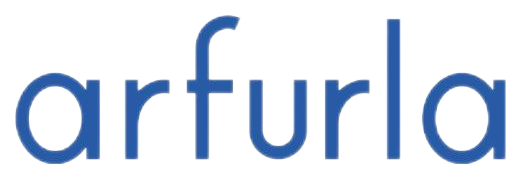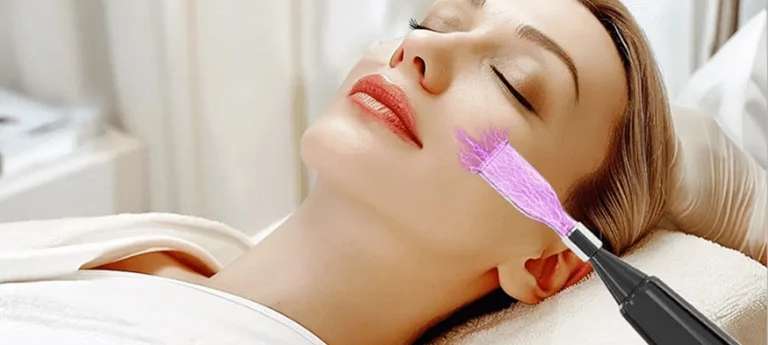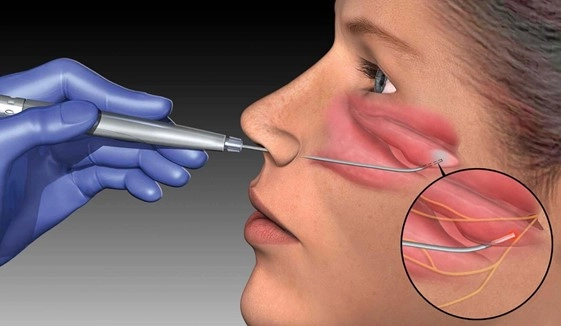What is PLDD Laser Treatment
Percutaneous Laser Disc Decompression (PLDD) is a nifty, no-big-cut surgery trick for fixing herniated discs in the neck, mid-back, or lower spine. It uses laser energy to lower pressure inside the disc. This eases pain and other issues from disc herniation. A thin fiber gets slipped into the disc with imaging help. Then, laser energy zaps a tiny bit of the disc’s soft center, called the nucleus pulposus. This shrinks the pressure inside, pulling the herniated part away from nerves and stopping the pain.
Conditions Treated with PLDD
PLDD works for these problems:
- Contained disc herniation: When the disc bulges but doesn’t fully break, squeezing nerve roots.
- Discogenic pain: Long-term pain from worn-out or hurt discs.
- Discogenic spinal stenosis: Narrowing of the spine from disc bulging or wear.
- Radicular symptoms: Like sciatica, with zappy pain, numbness, or weakness in legs.
- Chronic low back pain: When stuff like physical therapy or meds don’t help.
- Mild to moderate disc herniation: For folks without major nerve or spinal cord issues.
The Procedure of PLDD Laser Treatment

You only need local anesthesia for PLDD. No big sleep needed! A thin needle goes into the herniated disc, guided by X-ray or CT. Then, a laser fiber slides through the needle. It zaps part of the disc’s core, creating a vacuum effect. This pulls the bulging disc away from the nerve, easing pain fast. The relief often hits right away. PLDD uses a special laser tuned for disc tissue. It heats and evaporates water precisely, avoiding extra damage. Plus, it forms a sturdy scar inside to keep the disc from bulging again.
Benefits of PLDD for Disc Pain Relief
PLDD is super-duper for easing disc pain:
- Minimally Invasive: Just a tiny needle poke, no big cuts or tissue harm.
- Local Anesthesia: Uses local numbing, so it’s safer than full anesthesia.
- Short Procedure Time: Takes 30–60 minutes, quick and easy.
- Quick Recovery: Most folks are back to normal in a few days.
- Reduced Risk of Complications: Less chance of infection, scars, or wobbly spine compared to open surgery.
- Outpatient Procedure: You go home the same day.
Potential Risks and Limitations
PLDD is awesome but not perfect for everyone. It’s less helpful for severe nerve problems or super unstable spines. Risks are rare but could include infection at the poke spot or not enough pain relief, needing more fixes.
Recovery and Aftercare Following PLDD
Most folks feel better super quick after PLDD. You should skip heavy activities for a few weeks. Light walking is cool right after. Doctors might suggest follow-up scans to check if the decompression worked.
Comparing PLDD with Other Disc Pain Treatments
Differences Between PLDD and Microdiscectomy
Microdiscectomy cuts out part of a herniated disc through a small incision with full anesthesia. PLDD, though, uses a tiny needle poke and local numbing. It’s less rough and heals faster. Microdiscectomy lets doctors see nerves and disc bits directly, but it’s riskier because it’s more invasive.
Comparison with Conservative Treatments Like Physical Therapy
Stuff like physical therapy tries to ease pain without surgery. But it might not fix the real disc squeeze. Meds and therapy often don’t cut it for bad or lasting pain. PLDD is a great middle step for folks who don’t get better with therapy but don’t need big surgery.
Who Can Benefit Most from PLDD?
Ideal Candidate Profile for the Procedure
The best folks for PLDD have contained disc herniations, confirmed by MRI or CT, with leg pain or numbness but no major movement issues. They should’ve tried therapy or meds for at least 6 weeks without luck.
Factors That Influence Treatment Success
Success comes from a spot-on diagnosis, picking the right patients (like no fully torn disc), placing the laser fiber exactly, and following aftercare rules.
PLDD Laser Treatment by Arfurla 980nm 1470nm Multifunction Medical 12 in 1 Diode Laser Machine

The Arfurla 980nm 1470nm Multifunction Medical 12 in 1 Diode Laser Machine uses a 980nm wavelength that hits a sweet spot for blood and water absorption. This makes tissue zapping and clotting super effective. The Arfurla 1470nm laser, with its 1470nm wavelength, soaks up water better for precise zapping and focused heat. It’s great near delicate body parts. The 1470nm’s mix with water and hemoglobin, plus its just-right depth into disc tissue, keeps things safe and accurate. These features make Arfurla’s machine perfect for safe, effective PLDD treatments.
Overview of Arfurla: Join as Our Distributor
Hangzhou Arfurla Science & Technology Co., Ltd. is a high-tech crew diving into making, researching, and selling cool medical laser gear. Their multifunction diode systems work for stuff like proctology, physiotherapy, and PLDD. Arfurla’s calling global partners to share their zappy medical solutions. Contact us and Join the fun at Arfurla.
FAQ
What does “PLDD” stand for?
Percutaneous Laser Disc Decompression.
Is PLDD painful?
Nope! It uses local anesthesia, so most folks feel just a tiny bit of discomfort.
How long does PLDD take?
About 30–60 minutes, super quick.
When can I return to work?
Lots of folks get back to work in days, depending on their job.
Can PLDD be repeated if needed?
Yup! It’s low-risk, so you can do it again if necessary.
What makes Arfurla’s machine unique for this PLDD treatment?
The 980nm/1470nm wavelengths give precise zapping with minimal damage, perfect for tricky spine work like PLDD.



